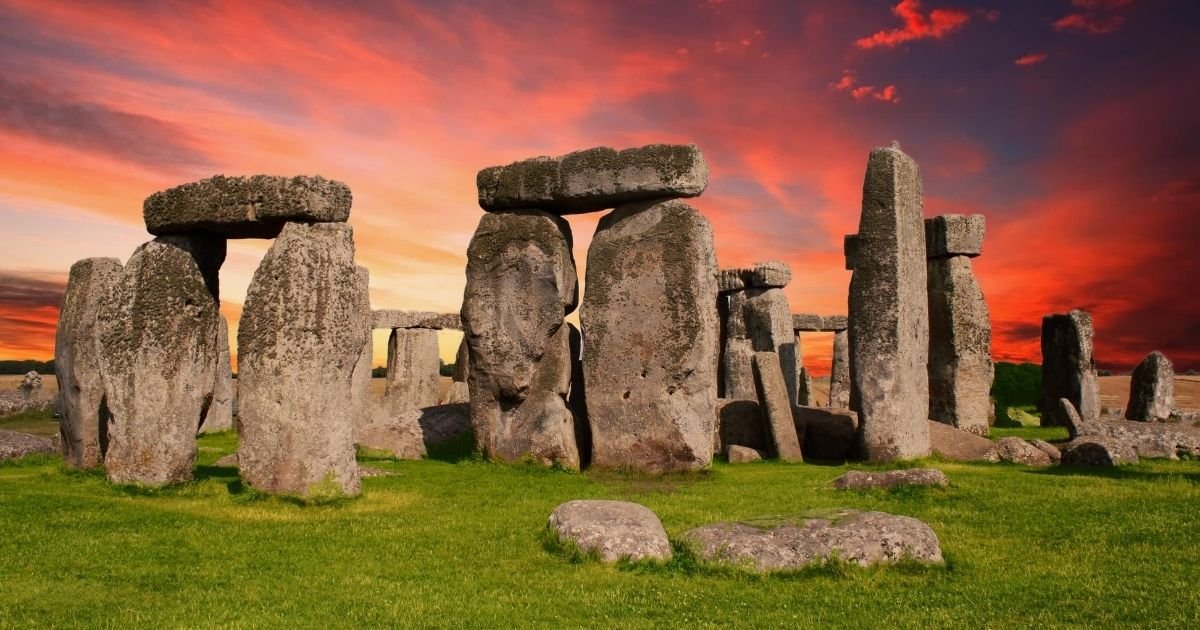The Stonehenge’s upright rocks have puzzled scientists for decades but archeologists believe that they have finally solved the mystery.
Thanks to high-tech chemical tracing, it was discovered that the stones came from a two square mile area of forest located south of Lockeridge Wiltshire village.
Bluestones or the smaller stones were obtained from the Preseli Hills around 180 miles from the site.
Researchers initially thought that the rocks, which are made from sarsen, were collected from the Marlborough Downs.
Scientists said the new study was impossible before the development of new technology.
David Nash from Brighton University said: “Until recently we did not know it was possible to provenance a stone like sarsen.”
Nash added: “It has been really exciting to use 21st century science to understand the Neolithic past and answer a question that archaeologists have been debating for centuries.”
Nash and other team members used ‘portable X-ray fluorescence spectrometry’ technology. It is a scanner that allows users to see how stones are made chemically made up.
The researchers compared the samples of a core with the samples from boulders all around the country, allowing them to determine that the West Woods in Wiltshire was the ‘earliest home’ before the rocks were moved.
But how did the stones get to the location?
They found out that the rocks were moved by Neolithic builders in around 3000BC. They chose a flat route for the selected rocks and have carried them on logs.
The builders rolled the rocks to Stonehenge, where it was used as a place for cremation.
What are your thoughts on this? Let us know in the comments section and SHARE this story with your friends and family!
Replaced!






